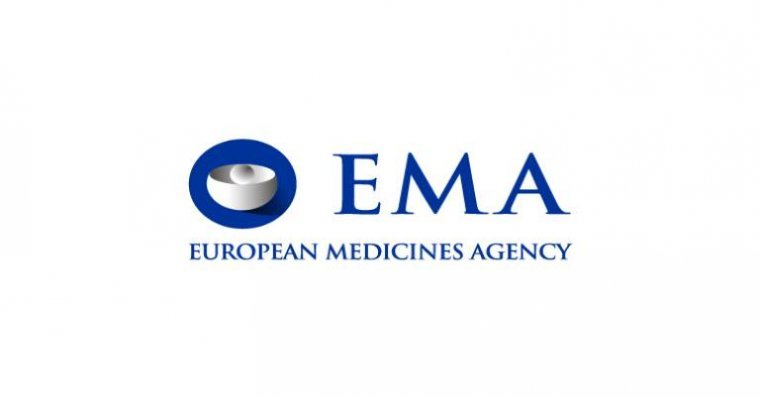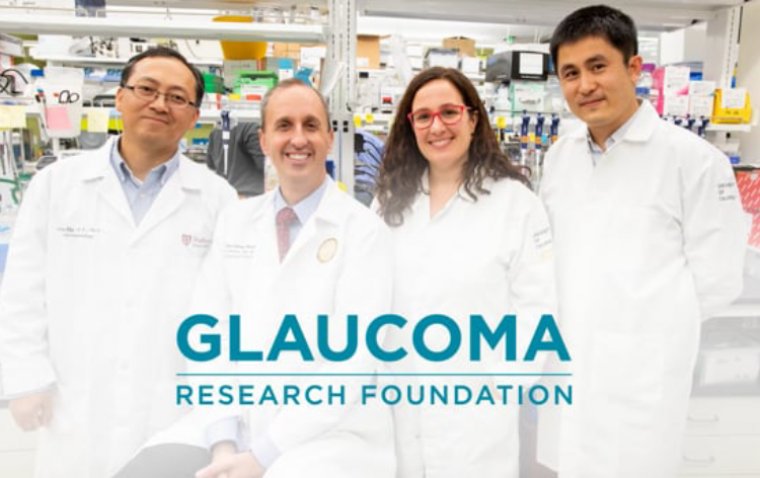
4DMT Publishes Preclinical Data Highlighting the Potential of the Therapeutic Vector Evolution (TVE) Platform
4D Molecular Therapeutics (4DMT) has announced the publication of preclinical data underscoring the capabilities of its Therapeutic Vector Evolution (TVE) platform. The research focuses on the intravitreal R100 vector and the R100-based genetic medicine 4D-150. This groundbreaking study, titled “Design and Characterization of a Novel Intravitreal Dual-Transgene Genetic Medicine for Neovascular Retinopathies,” is featured in the December 2024 issue of Investigative Ophthalmology & Visual Science (IOVS), the journal of the Association for Research in Vision and Ophthalmology (ARVO).
Key Findings of the Preclinical Study
Comprehensive Study Scope
The report elaborates on discovery, engineering, and characterization studies assessing the safety, retinal cell transduction, transgene expression, and clinical activity of 4DMT’s proprietary evolved intravitreal vector, R100, along with its derivative genetic medicine, 4D-150.
Components of 4D-150
The genetic medicine 4D-150 comprises two critical therapeutic transgenes:
1. Codon-optimized aflibercept sequence: Encodes a recombinant protein to inhibit VEGF-A, VEGF-B, and PlGF.
2. MicroRNA sequence: Suppresses VEGF-C expression.
Superior Retinal Cell Transduction
• R100 Vector Advantage: Demonstrated significantly higher transduction of human retinal cells compared to AAV2.
• Panretinal Expression: Intravitreal administration of 4D-150 in nonhuman primates achieved robust panretinal transgene expression, particularly in the macula, a region critical for central vision.
• Depth Penetration: AAV2, in contrast, failed to transduce deep retinal cell layers in the same model.
Efficacy in Wet AMD Model
In a challenging primate laser-induced choroidal neovascularization model of wet AMD, 4D-150 completely prevented grade IV angiogenic lesions at all tested doses, underscoring its potential as a disease-modifying treatment.
CEO’s Vision and Industry Impact
Dr. David Kirn, Co-founder and CEO of 4DMT, expressed optimism about the innovative approach and its potential transformative impact:
“We founded 4DMT with the belief that the Nobel Prize-winning technology of directed evolution could be applied to invent highly optimized and customized AAV vectors for any tissue in the body."
Leveraging the Therapeutic Vector Evolution Platform
Dr. Kirn emphasized that the R100 vector was specifically designed to overcome the limitations of conventional retinal vectors, with potential applications extending to genetic medicines targeting the lung airways (A101) and the heart (C102).
Transformative Mechanism of 4D-150
Dr. Kirn highlighted the unique ability of 4D-150 to:
• Suppress all four major molecular drivers of neovascular retinopathies (VEGF-A, VEGF-B, PlGF, and VEGF-C) at the macular disease site.
• Provide prolonged efficacy with a single intravitreal injection administered in a routine clinical setting.
This approach surpasses the current standard of care, which relies on repetitive anti-VEGF therapies generating billions in annual sales but lacking the transformative, long-term disease-modifying potential of 4D-150.
Conclusion
The preclinical results solidify the promise of 4D-150 as a groundbreaking therapeutic candidate for wet AMD and other diabetic eye diseases. By leveraging the power of directed evolution, 4DMT aims to revolutionize treatment outcomes and improve the quality of life for millions of patients.
(1).jpg)










